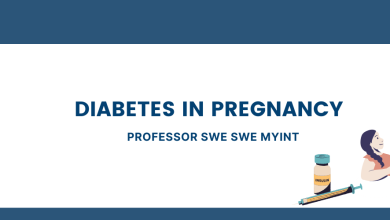Pre-hypertension

Pre-hypertension is an American medical classification which refers to blood pressure readings with a systolic pressure from 120 to 139 mm Hg or a diastolic pressure from 80 to 89 mm Hg. Readings greater than or equal to 140/90 mm Hg is considered hypertension. This is based upon two or more readings at two or more separate occasions separated by at least a week. Blood pressure tends to rise with age so this category describes this tendency to the populace. This categorizing is trying to communicate this tendency to populace.
Read this sentence and consider the meaning. “Individuals aged > 60 years of age are less likely to have pre-hypertension compared to younger individuals”. It is because majority of people in the older age group have progressed to clinical hypertension!
America has a Joint National Committee on the Prevention, Detection, Evaluation, and Treatment of High Blood Pressure known as (JNC).
JNC guideline 8 (2014)

Male and Female difference
(National Health and Nutrition Examination Survey, 2015)
Until age 45, a higher percentage of men than women have high blood pressure. From age 45 to 64 years, the percentages are similar. After that, a higher percentage of women have hypertension compared to men.
The Risk
The longer you have pre-hypertension, the higher the risk of progressing to the category of hypertension. One study found out that 17% of those with higher level of pre-hypertension developed stage 2 hypertension within a 4 year period.
The risk of CVD increases progressively throughout the range of BP including ranges in the normal category. Compared to normotensive subjects, those with pre-hypertension are more likely to have higher cholesterol level, obesity or overweight (by BMI) and diabetes. Pre-hypertensive subjects have higher prevalence of the following: Inflammatory markers, target organ damage risk, arteriosclerosis, coronary artery calcification, left ventricular hypertrophy.
Ko-Ko-Zaw et al (2011) said the prevalence of pre-hypertension was 29% in Yangon Division. So, do the pre-hypertensive people need to use drugs? Pre-hypertension is often asymptomatic. So it may remain undiagnosed.
Before resorting to drugs, modification of life style or behaviors is necessary.
Diet and life style
- Low sodium, high potassium diet is recommended.
- Increasing physical activity: thirty minutes a day most of the days of the week
- quit smoking, reduce alcohol, maintain healthy weight
- Significant results have been seen in 30 days
- Low carb diets can lower weight and blood pressure in manners similar to medications
Monitoring/ home monitoring
- Signs of end organ damage
- progression to hypertension
- Great care for patients having diabetes, chronic kidney failure or cardiovascular disease
- target BP less than 120/80 mmHg
- to avoid white coat hypertension, home monitoring is best
Dangers
- Increased risk of heart attack, stroke, congestive heart failure, and kidney failure.
- Compared to normotensive individuals, pre-hypertensive are three times more likely to have heart attack and 1.7 times to have heart disease.
- A meta-analysis concluded that pre-hypertension increases the risk of stroke, and that even low-range pre-hypertension significantly increases stroke risk.
Risk
- A primary risk factor for pre-hypertension is being overweight.
- family history of hypertension
- sedentary lifestyle
- eating high sodium foods
- smoking
- excessive alcohol
Dr. Ye Win
MBBS, MMedSc (Physiology)
Former teacher at IM2, IM1






